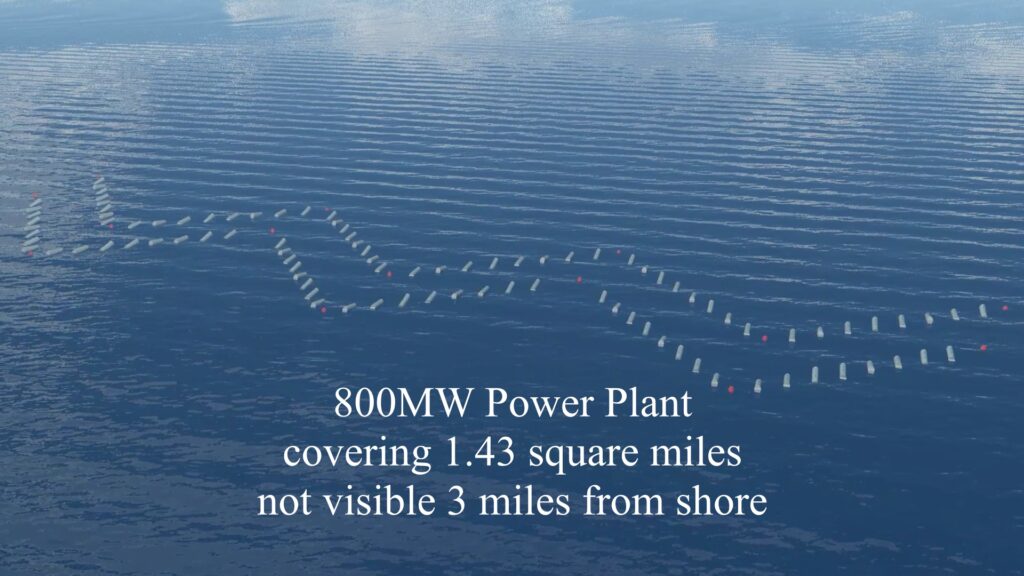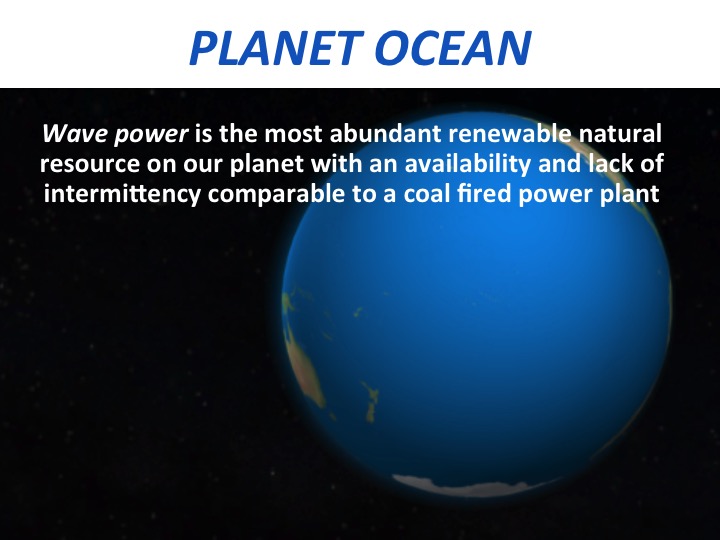
High power density energy matters. Fossil fuels have been the lowest power density form of energy to date, and they occupy close to 85% of the global market for energy – the balance occupied primarily by nuclear and hydro. Renewables don’t even make the list.

High Power Density Renewable Energy has the potential to compete with, catch up to, and outrun fossil fuels.

The 2017 report, “The Footprint of Energy: Land Use of U.S. Electricity Production”, published the following chart showing average power densities for coal, natural gas, nuclear, solar, wind, and hydro power plants. The power density measurements are in Acres per Megawatt Produced. As you can see, there is a direct correlation between power density and global energy usage. Fossil fuels are at the top of the chart with power densities that are approximately 3 to 26 times smaller than solar, wind, and hydro. Simply put, fossil fuels can generate a lot of power in a small space, which make them very economical.

Based on results from close to 80,000 Computational Fluid Dynamic simulations engineered by Alion Science and Technology [Serco-NA], naval architects and marine engineers of record, and 10 years of satellite wave data collected from 31 locations around the globe, an 800MW power plant of modular Power Generation Vessels (PGVs) covers approximately 1.43 square miles (915 acres) of ocean surface, equating to a power density of 1.14 Acres per Megawatt – approximately 10 times less than fossil fuels. PGVs can also generate a lot of power in a small area. This is because their power output is not a function of surface area as in wind and solar, but a function of the hull’s displacement (Archimedes Principle), which is based on volume.
So, sometimes size matters, especially when it comes to the cost of building things. A big house costs more than a small house. Size can also be measured in distance. A small high power density 800MW power plant three miles from shore, not visible because because of the curvature of the earth, has less capital cost, including transmission cost and environmental impact/mitigation, than a big 800MW offshore wind power plant (perhaps 50 to 70 or 100 times its size) located 20+ miles from shore.
Please read High Power Density Renewable Energy Ship’s Blog at wavepower.energy
Tweet
